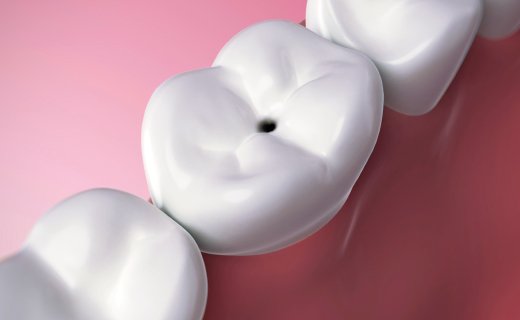Pros and Cons of Mouthwash
Many people use a mouthwash or mouth rinse to freshen their breath and help control tooth decay or plaque. Although most mouthwashes are available over the counter without a prescription, there are still safety concerns when using them. Although many dentists believe that mouthwash is not crucial to your oral health, there are benefits to using it. Most mouthwashes have basic ingredients, such as water, alcohol, cleaning agents, flavoring, and coloring. There are four types of active ingredients commonly found in a mouth rinse, depending on what their use. Antimicrobials help control bad breath and kill bacteria in the mouth that lead to plaque, gingivitis and halitosis. Fluoride reduces tooth decay and makes your teeth more resistant to decay. Astringent salts are temporary deodorizers to mask bad breath, and odor neutralizers counteract odor-causing compounds. Pros of using mouthwash • Fresh breath – It is one of the most obvious benefits of using mouthwash is the minty fresh breath that comes with a swig of it. Many people love the cool, fresh feeling that using mouthwash brings. • Cut down on cavities – It is absolutely true that rinsing with a fluoride mouthwash can help reduce cavities. There are countless studies on the benefits of fluoride in reducing demineralization and cavities of the teeth. • Fight gum disease – With periodontal disease (such as gingivitis), gums and tooth sockets can get inflamed or infected because of plaque from bacteria and food that lingers on teeth. An antibacterial mouthwash, like one with alcohol or chlorhexidine, may help prevent periodontal disease. • Soothe canker sores – Mouthwash can ease a canker sore by detoxing the area, reducing the amount of bacteria that can irritate the site. Mouthwash cons Mouthwash is by no means a cure-all. In fact, mouthwash gets bad marks because it: • Irritates canker sores – If the alcohol content of your mouth rinse is too high, it may actually end up irritating the canker sore more than helping it. • Masks bad breath – Mouthwash can lead to fresher breath, but it may be short-lived. If a patient has poor oral hygiene and doesn’t brush effectively, there is no amount of mouthwash that can mask the effects of poor health. • Linked to oral cancer – The debate over whether alcohol-containing mouthwashes are linked to oral cancer continues – it’s an issue that has been discussed since the 1970s with no definitive answers. As of now, some mouth rinses containing alcohol have been accepted widely, after reviewing their effectiveness and safety. If you have questions about mouthwash and whether or not you should be using it as part of your teeth cleaning routine, talk to your dentist about the best options for you. Remember, mouthwash is not a substitution for brushing and flossing, but may have specific benefits to your particular needs. Non-alcoholic mouthwash is a healthy addition to any oral health care routine.










